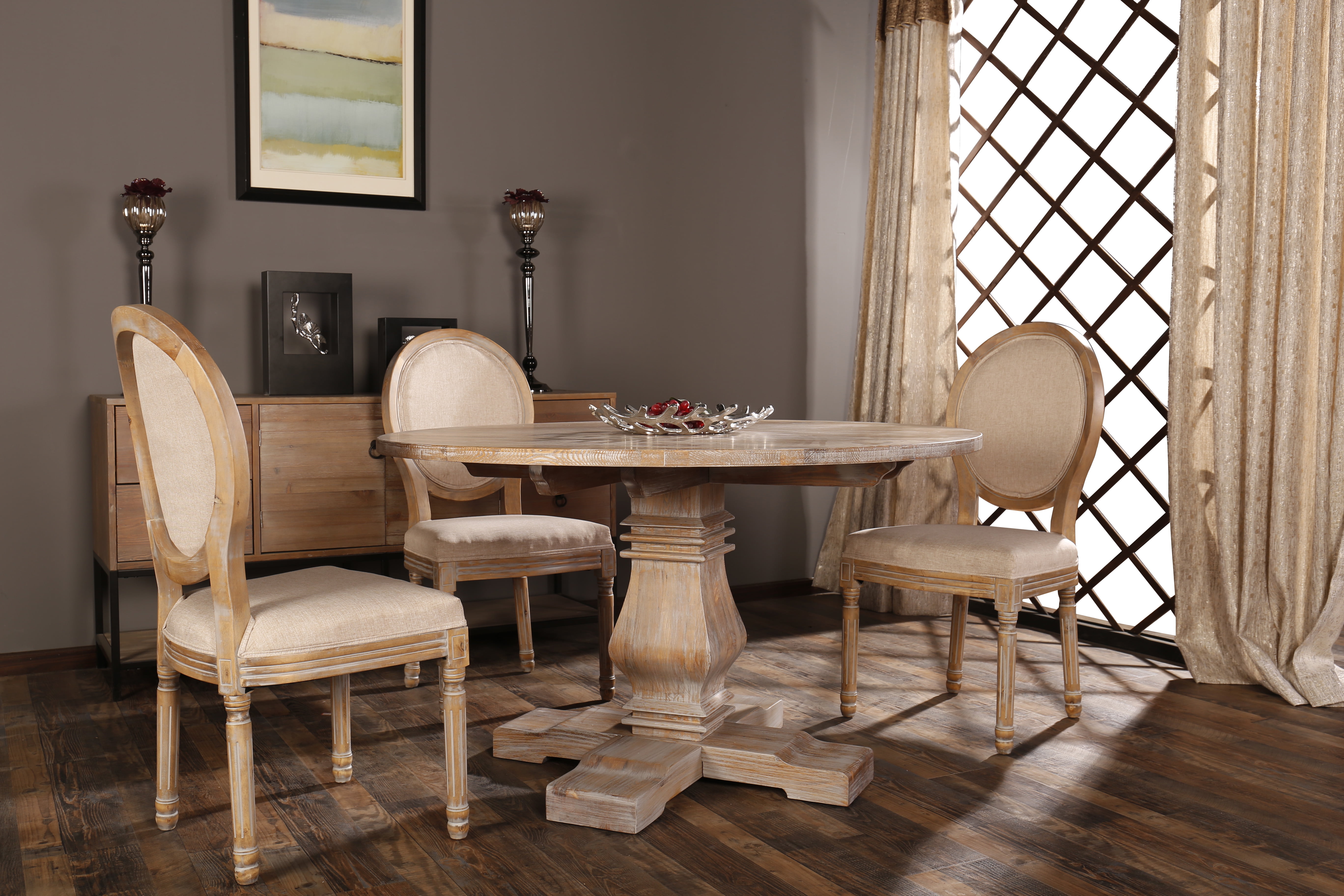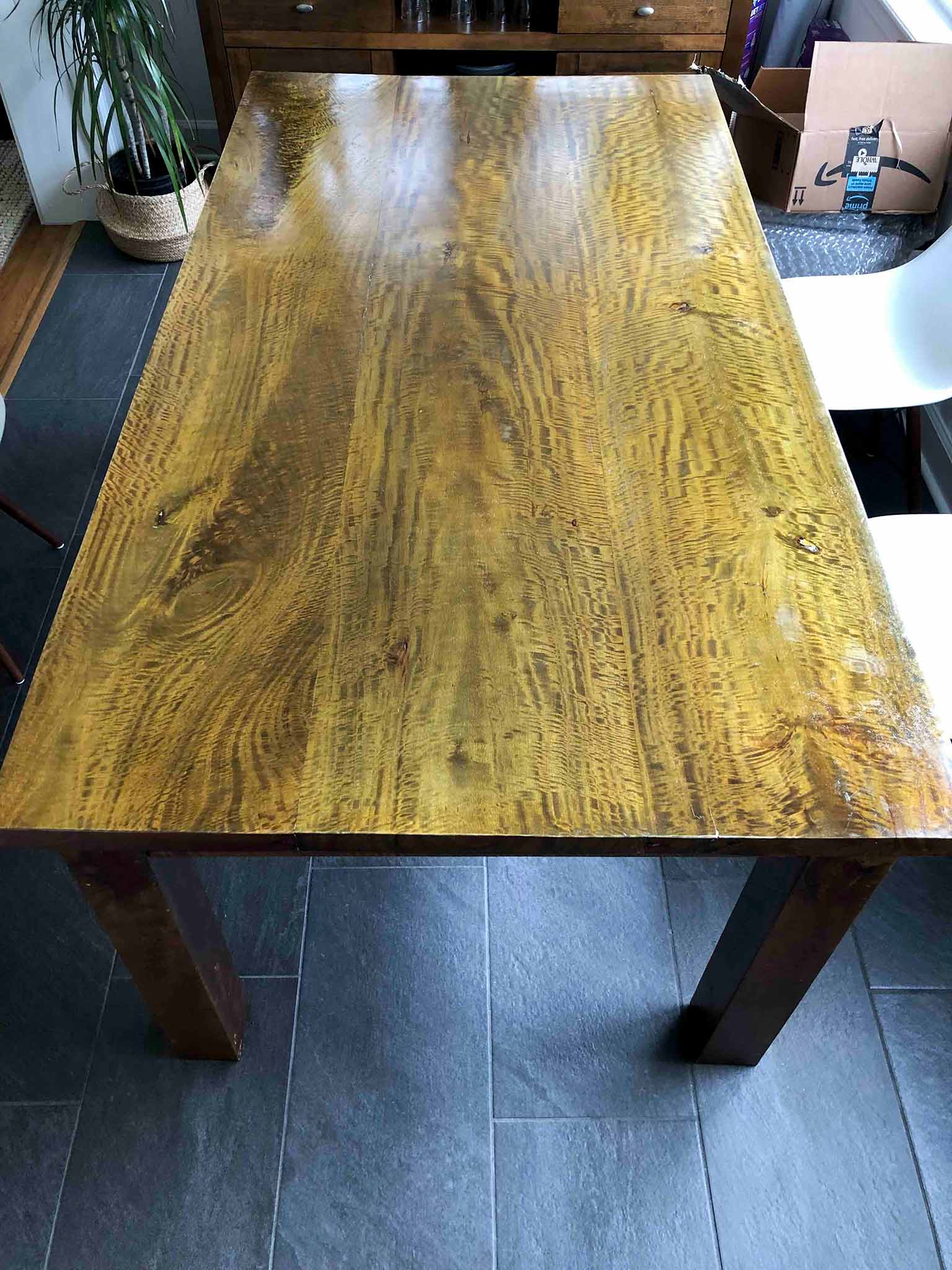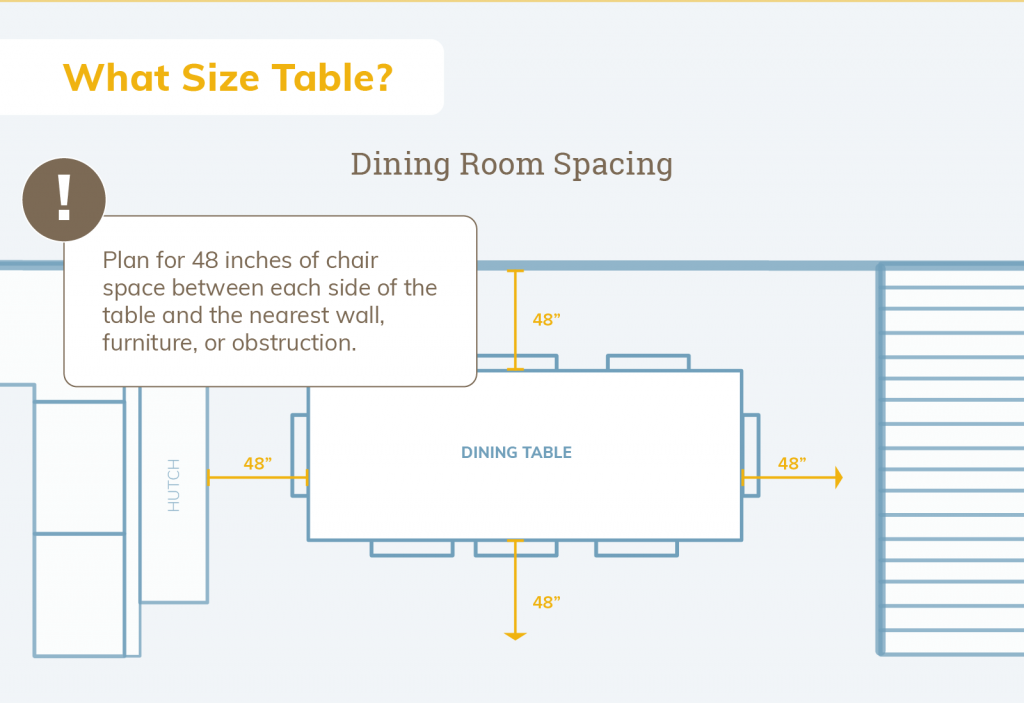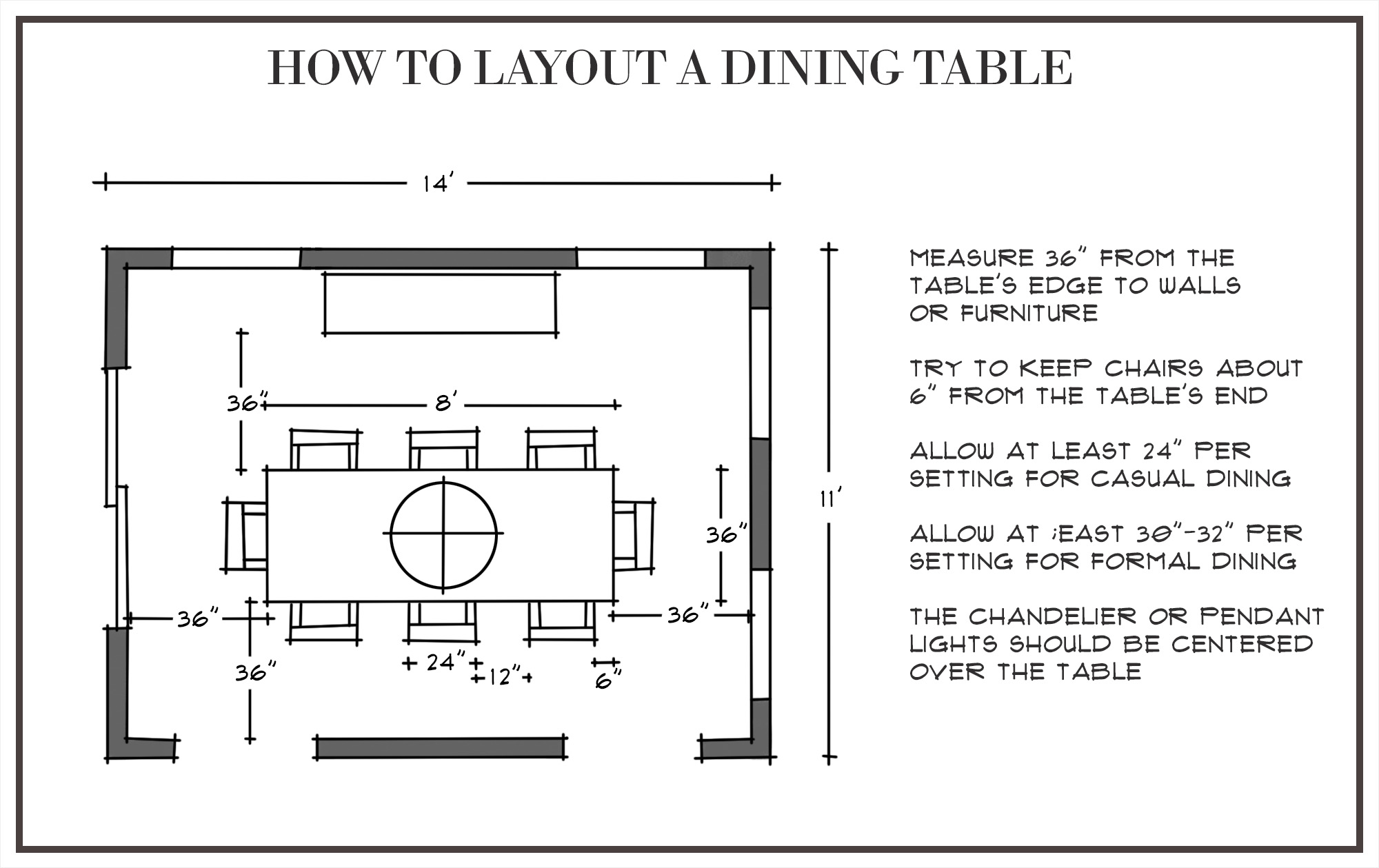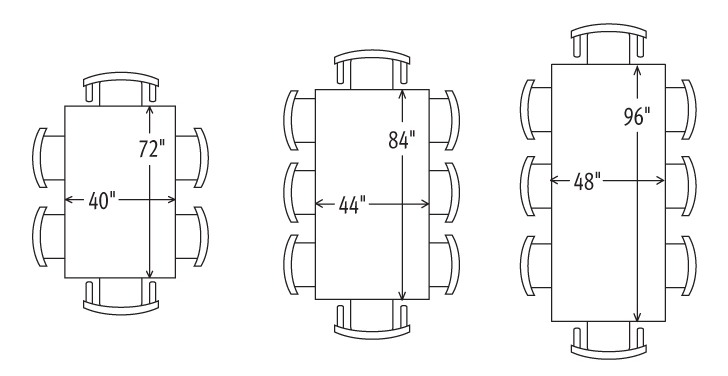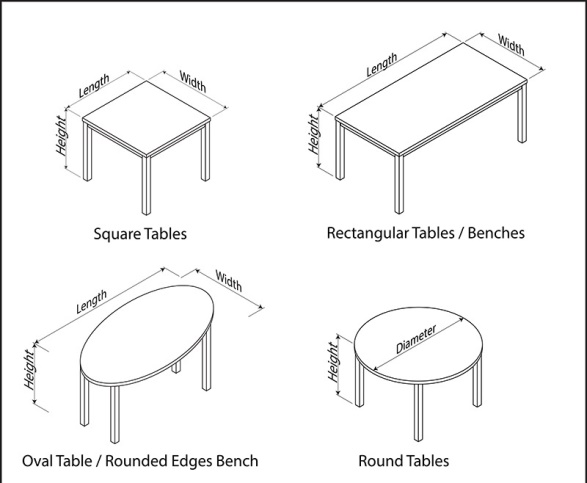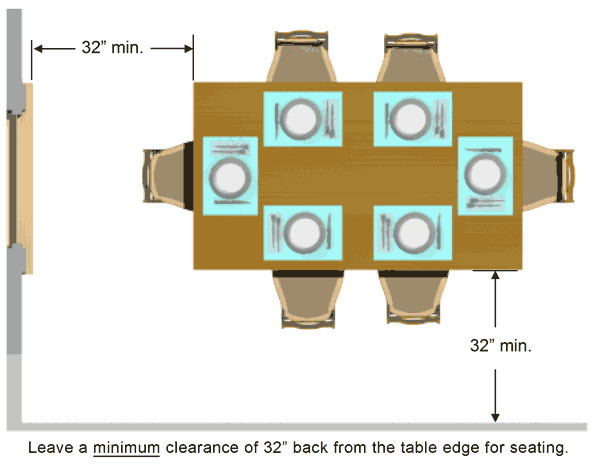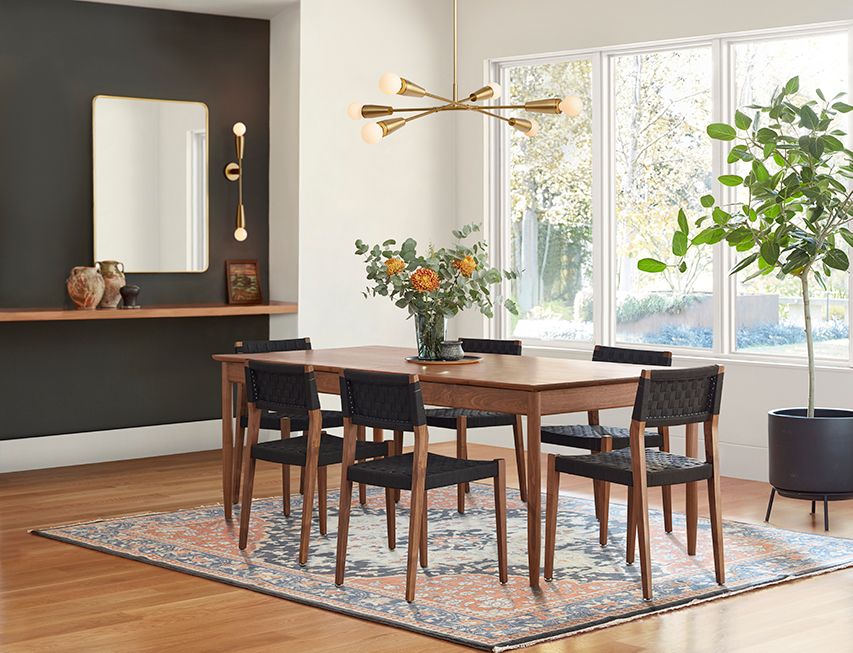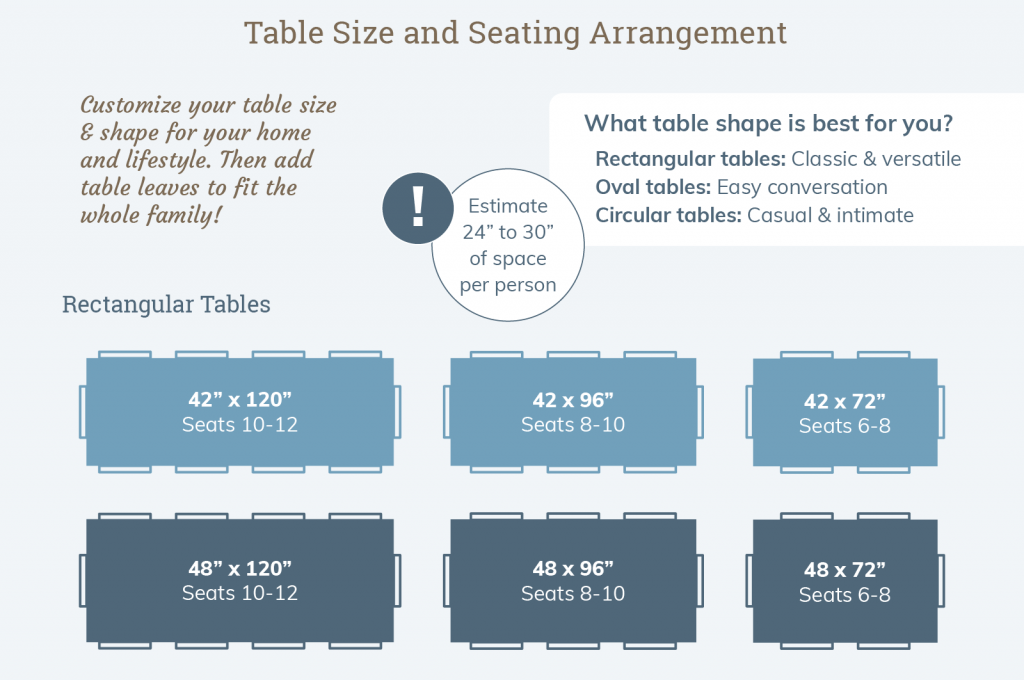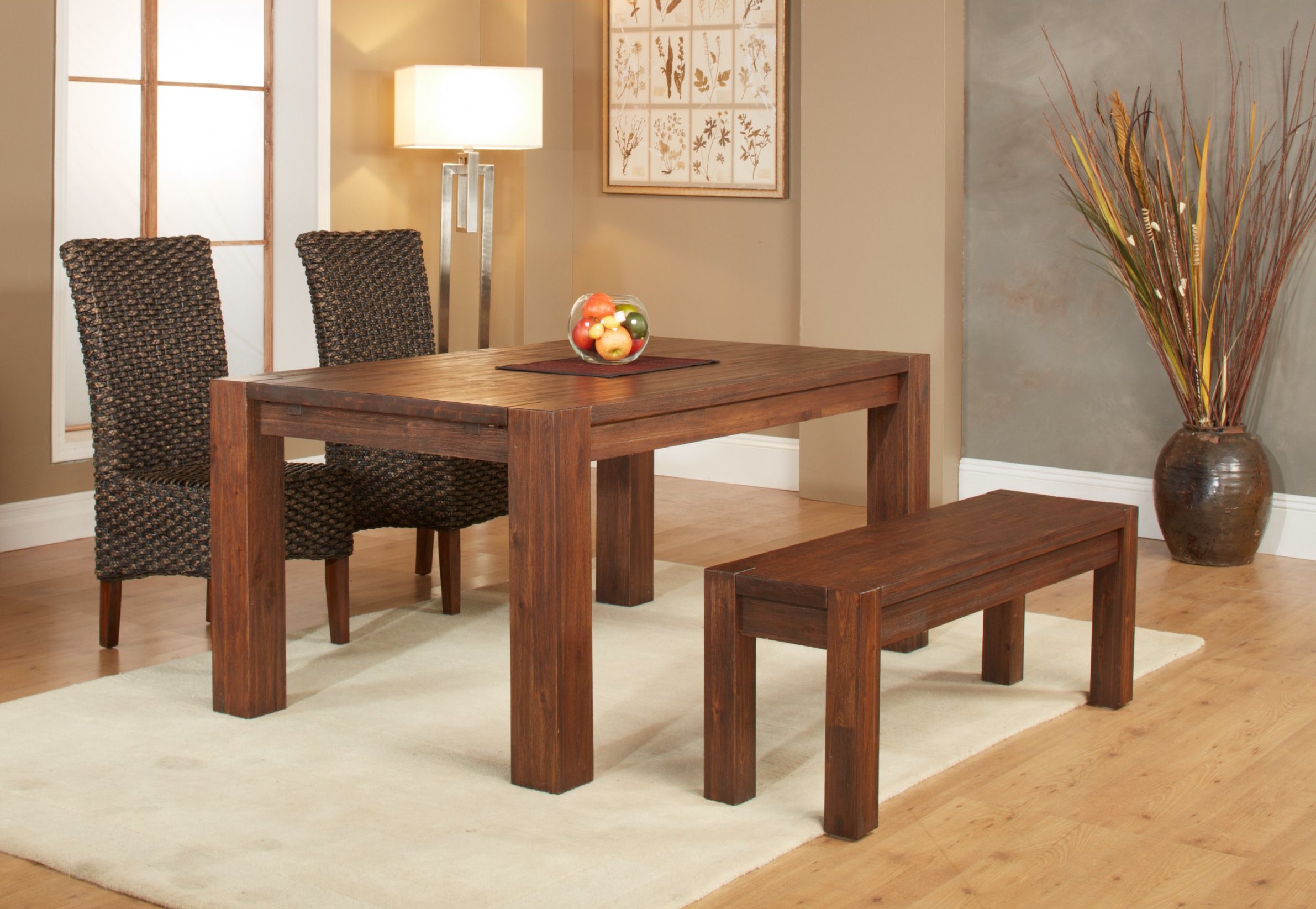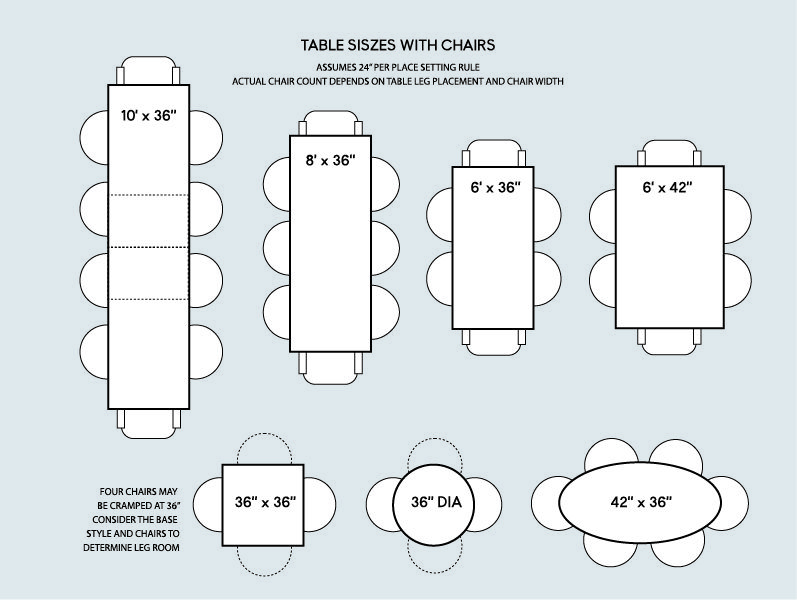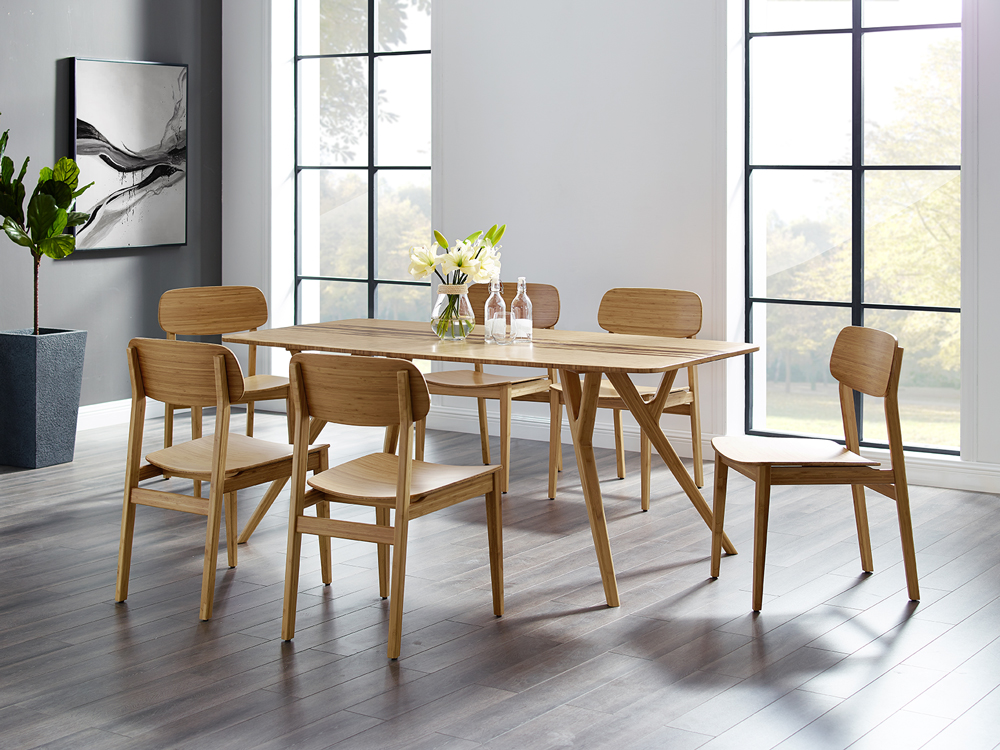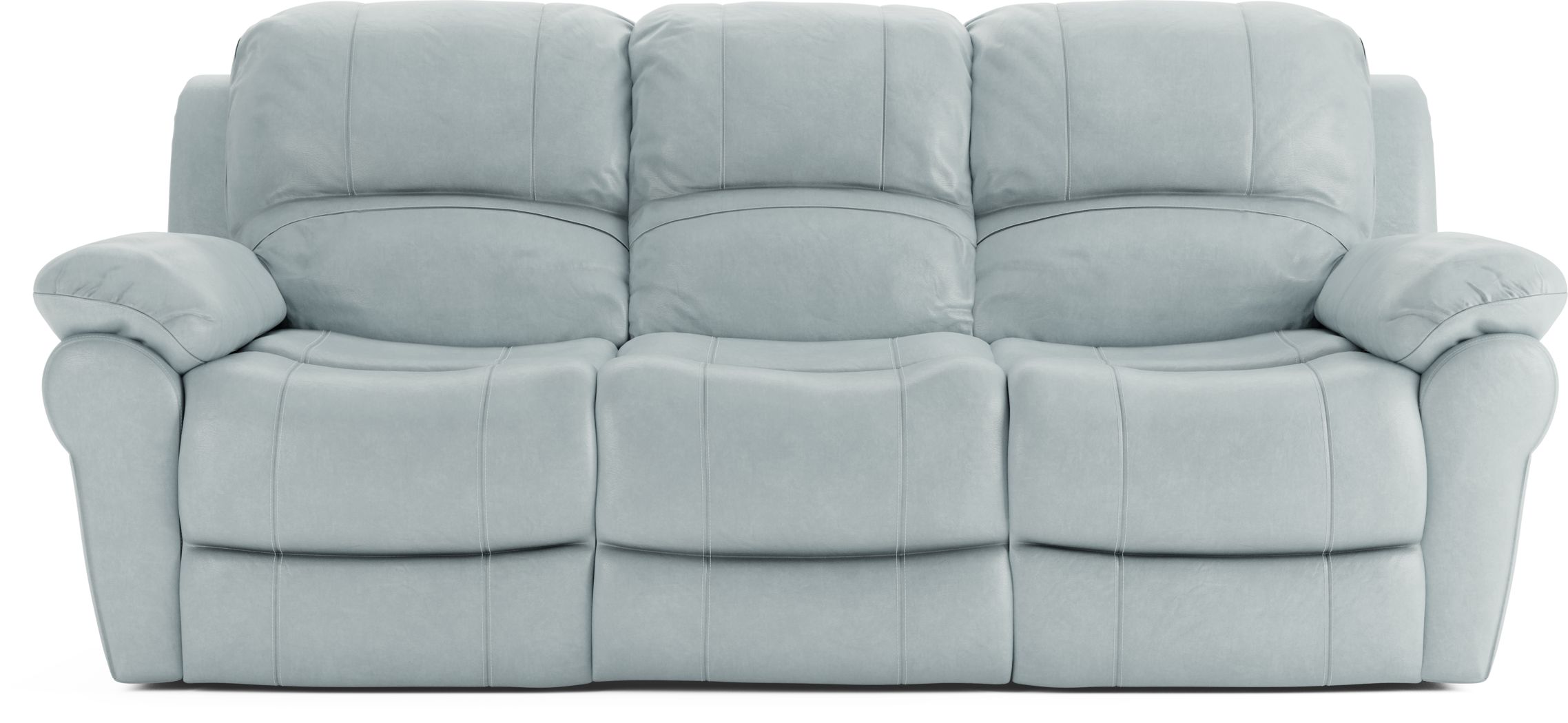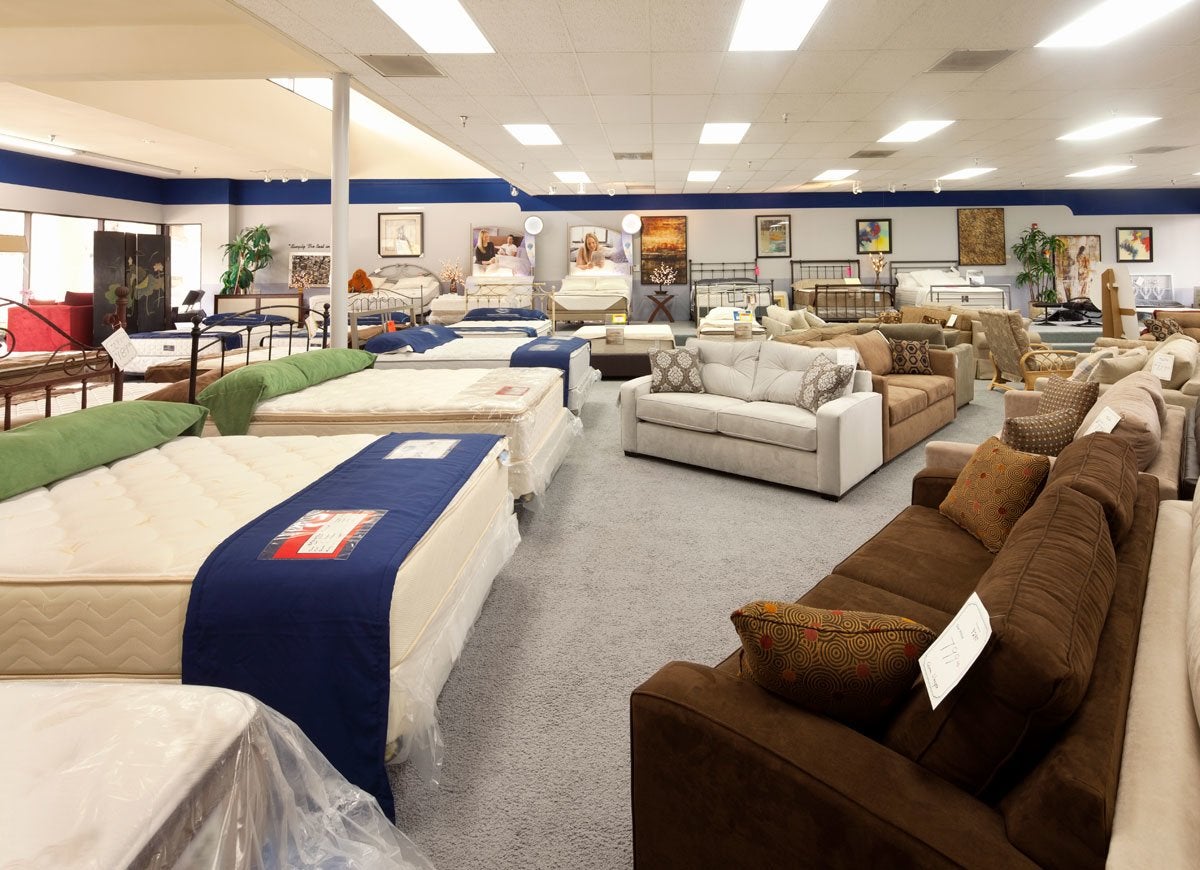How to Measure a Dining Room Table
If you're in the market for a new dining room table, you know that finding the perfect fit is essential. But before you start browsing through furniture stores and measuring tape in hand, it's important to know how to properly measure a dining room table. Here are 10 tips to help you get it right the first time.
Measuring Tips for Dining Room Tables
Before you start measuring, make sure you have the right tools on hand. A measuring tape, pencil, and paper are essential. You may also want to have a calculator handy for any complex calculations. It's also a good idea to have a helper to hold the other end of the measuring tape for more accurate results.
Step-by-Step Guide to Measuring a Dining Room Table
Step 1: Start by measuring the length and width of the room where the table will be placed. This will give you an idea of the maximum size of the table that will fit in the space.
Step 2: Decide on the shape of the table. Rectangular, square, and round tables are the most common options. Measure the length and width of the table if it's rectangular or square, or the diameter if it's round.
Step 3: Consider the number of people you want to seat at the table. A general rule of thumb is to allocate 24 inches of table length per person.
Step 4: Measure the space between the table and any walls or furniture. You'll want to leave at least 36 inches of space for chairs to be pulled out comfortably.
Step 5: If the table has leaves, make sure to measure the length and width with the leaves both extended and collapsed.
Step 6: Take note of any obstacles such as windows, doorways, or radiators that could affect the placement of the table.
Step 7: Measure the height of the table. Standard dining tables are around 30 inches high, but you may want to consider a counter or bar-height table for a more modern look.
Step 8: If you're buying a table with chairs, make sure to measure the height of the chairs as well to ensure they will fit comfortably under the table.
Step 9: Double-check all measurements to ensure accuracy.
Step 10: Don't forget to measure the size of the room's entryways and door frames to make sure the table can fit through when being delivered.
Measuring a Dining Room Table: What You Need to Know
When it comes to measuring a dining room table, accuracy is key. Even a small miscalculation can result in a table that is too big or too small for your space. This is why it's important to follow a step-by-step guide and take precise measurements.
Additionally, it's important to consider the style and design of the table in relation to your space. A large, bulky table may not fit well in a small dining room, while a sleek, modern table may look out of place in a traditional dining room.
It's also important to keep in mind the height of the table and chairs. A table that is too high or too low can be uncomfortable for guests, so make sure to measure and adjust accordingly.
Measuring a Dining Room Table for the Perfect Fit
When measuring a dining room table, it's important to keep in mind the size and shape of the room, the number of people you want to seat, and any obstacles that could affect the placement of the table. By taking precise measurements and considering the style of the table, you can ensure the perfect fit for your dining room.
The Importance of Accurate Measurements for Dining Room Tables
Accurate measurements are crucial when it comes to purchasing a dining room table. Not only will it ensure that the table fits in your space, but it will also help you avoid any unnecessary returns or exchanges. Taking the time to measure properly can save you time and frustration in the long run.
Measuring a Dining Room Table: Common Mistakes to Avoid
One of the most common mistakes when measuring a dining room table is not considering the space needed for chairs. Make sure to leave enough room for guests to comfortably pull out their chairs and move around the table. Another mistake is not taking into account any obstacles in the room, which could result in a table that is too big for the space.
Another common mistake is not measuring for any leaves or extensions on the table. If you plan on using these features, make sure to measure with them both extended and collapsed to ensure a proper fit.
Tools and Techniques for Measuring a Dining Room Table
While a measuring tape, pencil, and paper are essential tools for measuring a dining room table, there are also some techniques you can use to make the process easier. For example, you can use painter's tape to map out the table's dimensions on the floor to get a better visual representation of how it will fit in the room.
You can also use a level to ensure that the table is perfectly straight and not slanted, as this can affect the placement of chairs and other furniture around the table.
Measuring a Dining Room Table for Different Shapes and Sizes
Measuring a rectangular or square dining room table is fairly straightforward, but what about measuring a round or oval table? For these shapes, you can use a tape measure to measure the diameter and the length of the table's longest side to get an accurate measurement.
If you're measuring a counter or bar-height table, make sure to measure the height of the chairs as well to ensure they will fit comfortably under the table.
Expert Tips for Measuring a Dining Room Table Like a Pro
Here are some additional tips from experts to help you measure a dining room table like a pro:
- When measuring for a rectangular or square table, make sure to leave at least 42-48 inches of space between the table and walls or furniture for comfortable seating.
- Keep in mind the style and design of the table when measuring. A large, ornate table may not fit well in a small, minimalist space.
- If you're buying a table with chairs, make sure to leave at least 7 inches of space between each chair for comfortable seating.
By following these tips and techniques, you can confidently measure a dining room table and find the perfect fit for your space and style.
How to Properly Measure a Dining Room Table for Your House Design
:max_bytes(150000):strip_icc()/standard-measurements-for-dining-table-1391316-FINAL-5bd9c9b84cedfd00266fe387.png)
Why Measuring a Dining Room Table is Important
 When it comes to designing your dining room, one of the most crucial steps is measuring your dining room table. This may seem like a simple task, but it is essential to ensure that your table fits perfectly in your space, both aesthetically and functionally. A dining room table that is too big will make your space feel cramped, while one that is too small will make it feel empty and uninviting. Therefore, it is crucial to take accurate measurements to make sure your dining room table is the perfect fit for your house design.
When it comes to designing your dining room, one of the most crucial steps is measuring your dining room table. This may seem like a simple task, but it is essential to ensure that your table fits perfectly in your space, both aesthetically and functionally. A dining room table that is too big will make your space feel cramped, while one that is too small will make it feel empty and uninviting. Therefore, it is crucial to take accurate measurements to make sure your dining room table is the perfect fit for your house design.
Step-by-Step Guide on Measuring a Dining Room Table
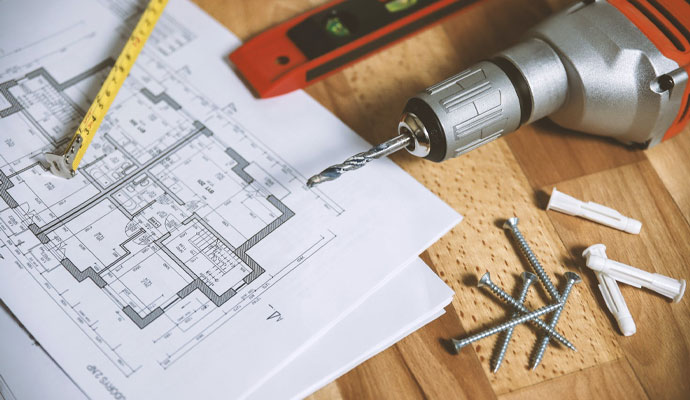 Step 1:
Clear the Space: Before you begin measuring, make sure your dining room is clear of any furniture or clutter. This will give you a better idea of the size and shape of your space.
Step 2:
Measure the Room: Using a measuring tape, start by measuring the length and width of your dining room. This will give you an idea of how much space you have available for your dining table.
Step 3:
Determine the Shape of Your Table: Next, decide on the shape of your dining room table. Common shapes include rectangular, square, and circular. Keep in mind that the shape of your table should complement the shape of your dining room.
Step 4:
Measure the Table: Measure the length and width of your chosen table, including any leaves or extensions. Make sure to take into account the dimensions of your chairs as well, to ensure they will fit comfortably around the table.
Step 5:
Consider Clearance: When measuring, don't forget to leave enough space for people to move around the table comfortably. Ideally, there should be at least 36 inches of clearance between the table and the walls or other furniture.
Step 1:
Clear the Space: Before you begin measuring, make sure your dining room is clear of any furniture or clutter. This will give you a better idea of the size and shape of your space.
Step 2:
Measure the Room: Using a measuring tape, start by measuring the length and width of your dining room. This will give you an idea of how much space you have available for your dining table.
Step 3:
Determine the Shape of Your Table: Next, decide on the shape of your dining room table. Common shapes include rectangular, square, and circular. Keep in mind that the shape of your table should complement the shape of your dining room.
Step 4:
Measure the Table: Measure the length and width of your chosen table, including any leaves or extensions. Make sure to take into account the dimensions of your chairs as well, to ensure they will fit comfortably around the table.
Step 5:
Consider Clearance: When measuring, don't forget to leave enough space for people to move around the table comfortably. Ideally, there should be at least 36 inches of clearance between the table and the walls or other furniture.
Final Thoughts
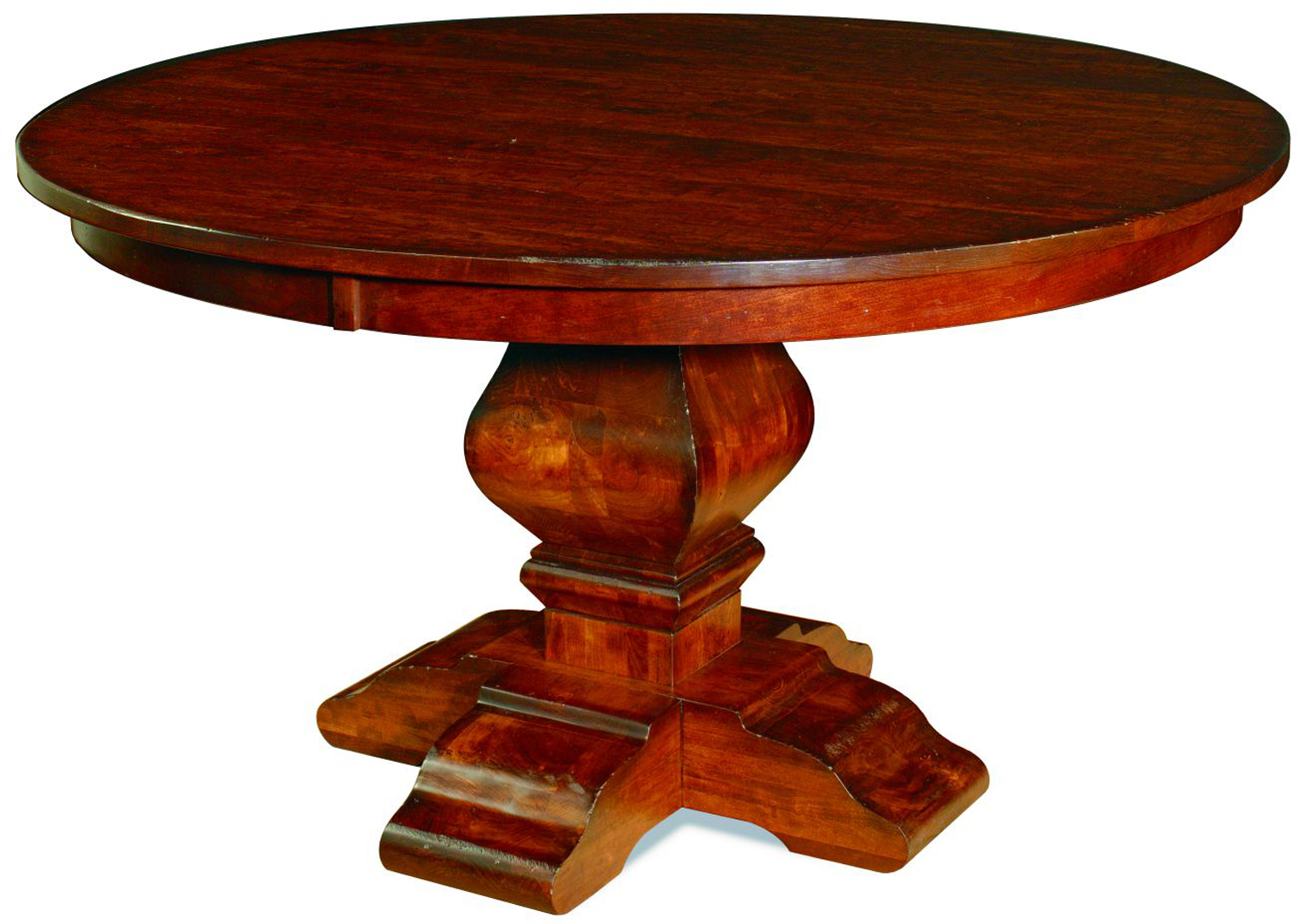 Measuring a dining room table may seem like a daunting task, but it is a crucial step in creating the perfect house design. By following these simple steps, you can ensure that your dining room table fits perfectly in your space, creating a functional and aesthetically pleasing environment for you and your guests. Remember to take accurate measurements and consider all factors, such as room size and shape, to achieve the desired look for your dining room.
Measuring a dining room table may seem like a daunting task, but it is a crucial step in creating the perfect house design. By following these simple steps, you can ensure that your dining room table fits perfectly in your space, creating a functional and aesthetically pleasing environment for you and your guests. Remember to take accurate measurements and consider all factors, such as room size and shape, to achieve the desired look for your dining room.












